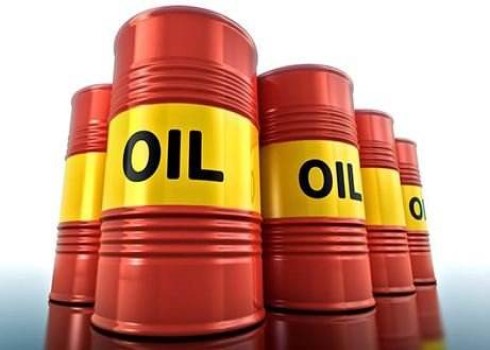SunSirs: Unexpected Increase in U.S. Crude Oil Storage and Tensions between Sino - US, Oil Prices sharply Decline
May 29 2020 09:42:57 SunSirs (Selena)
On May 27, U.S. WTI crude oil futures market prices in the United States fell sharply, and the settlement price of major contracts was $32.81/ barrel, down $1.54 or 4.5%. Brent crude oil futures market prices fell sharply, the settlement price of major contracts was $35.45/ barrel, down $1.29 or 3.5%. This is mainly due to the unexpected increase in US crude oil inventory and tensions between Sino - US.
The weekly crude oil inventory reports of the American Petroleum Association (API) and the American Energy Information Agency (EIA) were delayed one day due to the impact of Monday's memorial day of the United States. However, the data released by API on Thursday Beijing time showed a significant increase in inventory, breaking the previous optimistic expectations of the market. Market confidence was once frustrated, and oil prices fell sharply. The data released by API showed that the inventory of crude oil, gasoline and distillate oil in the United States increased by 8.7 million barrels in the week ending May 22, while analysts predicted that the inventory of crude oil in the United States would decrease by 1.9 million barrels. The oil storage is more than 10 million barrels higher than the previous market expectation.
At the same time, tensions between Sino - US continue to heat up, which also casts a shadow on the market. U.S. President Trump said he would soon announce the U.S. response to China's national security laws in Hong Kong and Macao. In addition, China also said it would take corresponding countermeasures against U.S. actions, which may include sanctions. As the world's two largest economies, the rising trade friction is likely to further hit the demand for crude oil.
At present, OPEC+ production reduction is still the focus of market attention. On May 27, Russian President Vladimir Putin and Saudi Crown Prince Salman made a call to reach an agreement on further "close coordination" to limit oil production. It includes a statement: "the two sides agree to further close cooperation on this issue through the energy ministries of the two countries." But that didn't seem to give the market much boost, although OPEC agreed to cut its combined oil production by nearly 10 million barrels/ day in May and June to deal with the oversupply of crude oil hit by COVID-19. However, from the content of the previous agreement, the restrictions on crude oil output may be relaxed in July, and the share of production reduction may be further reduced. Moreover, this is likely to become a contradiction between Saudi Arabia and Russia. Saudi Arabia's intention may be to maintain the current level of production reduction, but Russia's attitude is relatively ambiguous, which also has a certain negative effect on oil prices.
In the view of SunSirs, the contradiction between supply and demand of crude oil is still prominent, and the problem of excess supply is still the primary problem that plagues the oil market. However, with the reduction of production in oil producing countries and the restart of economy in more countries, the supply and demand of crude oil will tend to a new balance. During this period, oil prices will be accompanied by wide swings. At present, on one hand, the risk factors of the market are Sino - US relations, and more importantly, the resumption of the economy may lead to the recurrence of the epidemic. On the premise that the supply problem has not been completely solved, the market should be cautious to prevent the secondary damage of epidemic situation to oil price.
If you have any questions, please feel free to contact SunSirs with support@sunsirs.com.
- 2025-12-30 SunSirs: China Unveils First Oilfield to Store Over 1 Million Tons of CO₂ Each Year
- 2025-12-30 SunSirs: India's Crude Oil Imports Rise to an Eight Month High in November
- 2025-12-30 SunSirs: Daily Topic of China Bulk Commodity Data (December 30, 2025)
- 2025-12-29 SunSirs: Energy Industries Bulk Commodity Intelligence (December 29, 2025)
- 2025-12-29 SunSirs: China Xinjiang Oilfield's CCUS Project Achieves a Breakthrough with Million-ton-scale CO2 Injection into Crude Oil Reservoirs



